Home>Furniture & Design>Interior Design Trends>How Much Wine To Pour In A Glass
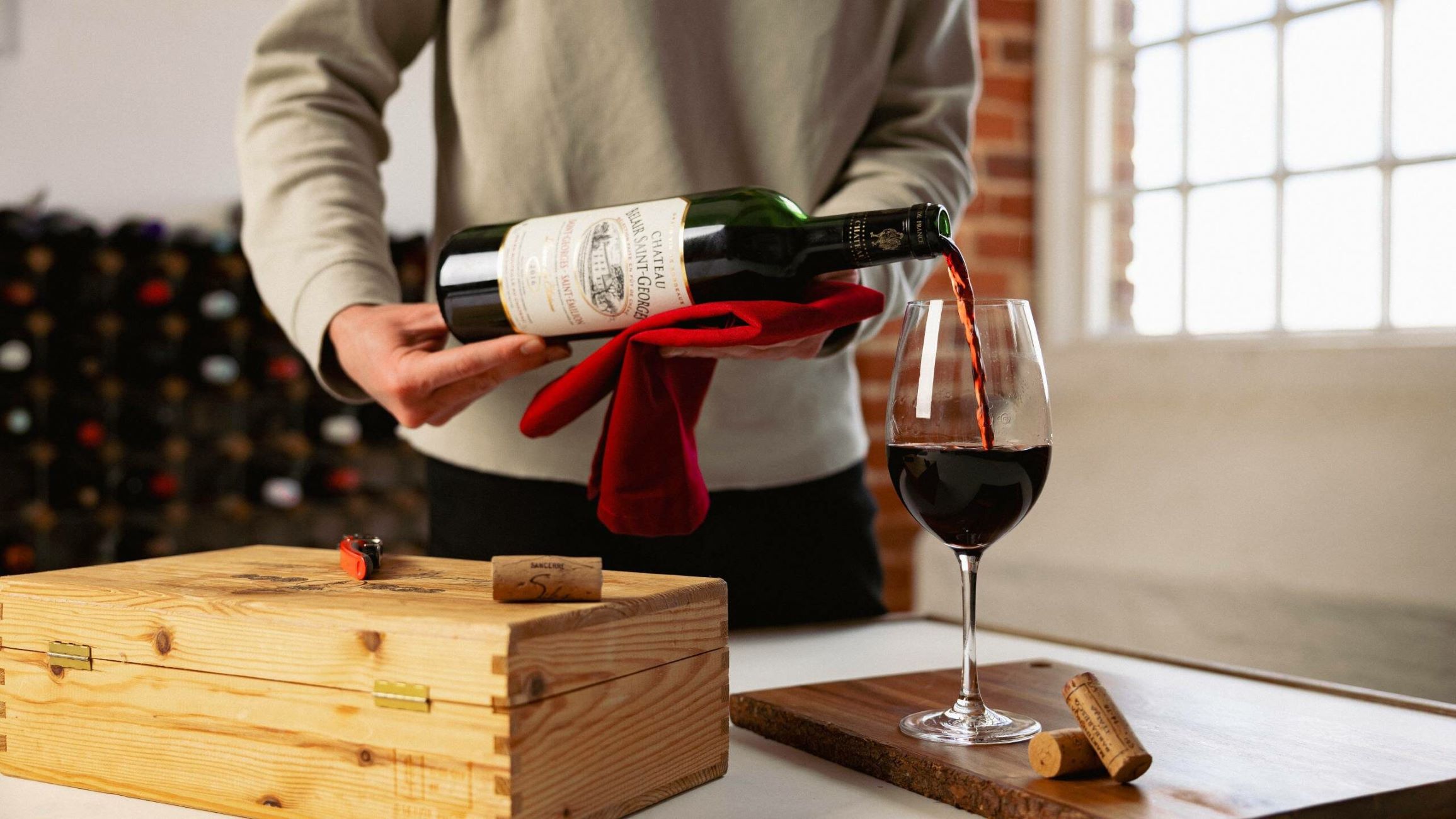

Interior Design Trends
How Much Wine To Pour In A Glass
Published: February 4, 2024
Discover the latest interior design trends for wine glasses and learn how much wine to pour in a glass. Elevate your wine experience with these stylish and practical tips.
(Many of the links in this article redirect to a specific reviewed product. Your purchase of these products through affiliate links helps to generate commission for Storables.com, at no extra cost. Learn more)
Factors to Consider When Pouring Wine
Pouring wine may seem like a straightforward task, but several factors should be taken into account to ensure an enjoyable and satisfying experience for all. Whether you're hosting a dinner party, enjoying a casual gathering, or simply savoring a glass of wine at home, the following considerations can significantly impact the overall enjoyment of the wine.
-
Type of Wine: Different types of wine, such as red, white, or sparkling, require different pouring techniques. Red wines, for instance, typically benefit from a larger pour to allow the aromas to develop and the flavors to unfold. In contrast, white wines and sparkling wines are often poured in smaller quantities to maintain their delicate characteristics and effervescence.
-
Glass Size and Shape: The size and shape of the wine glass play a crucial role in determining the appropriate pour. Larger glasses with wider bowls are ideal for bold red wines, allowing them to breathe and release their aromas. Conversely, smaller, narrower glasses are better suited for white wines and sparkling varieties, preserving their nuances and carbonation.
-
Occasion and Setting: The setting and occasion also influence the amount of wine to pour. For formal events or wine tastings, smaller, measured pours are customary to allow guests to sample various wines without overindulging. In contrast, casual gatherings or relaxed settings may call for more generous pours to encourage conviviality and enjoyment.
-
Personal Preferences: Understanding the preferences of the individuals being served is essential. Some may prefer a lighter pour to savor the wine slowly, while others may appreciate a fuller glass to fully experience the wine's characteristics. Being attentive to individual preferences ensures that each guest can enjoy the wine according to their own tastes.
-
Wine Age and Quality: Older, more delicate wines often benefit from a gentle pour to minimize agitation and preserve their subtleties. Conversely, younger, robust wines can withstand a more generous pour, allowing their bold flavors to shine.
Considering these factors when pouring wine demonstrates a thoughtful and attentive approach to hospitality, ensuring that each glass is poured with precision and consideration for the wine and the enjoyment of those partaking in it.
Key Takeaways:
- Pouring the right amount of wine enhances the enjoyment. Consider wine type, glass size, occasion, and personal preferences. It’s an art that adds sophistication to any gathering.
- Adjust wine pouring based on the occasion. Smaller pours for formal events, larger for casual gatherings, and generous for celebrations. Personalized consideration enriches the experience for all.
Read more: How To Pour A Glass Of Wine
Understanding Standard Wine Pour Sizes
When it comes to pouring wine, understanding the standard pour sizes is essential for creating an enjoyable and memorable wine-drinking experience. The amount of wine poured into a glass can significantly impact the aroma, flavor, and overall enjoyment of the wine. While there is no one-size-fits-all approach to wine pouring, there are general guidelines that can help ensure that each pour is well-balanced and suited to the occasion.
In the realm of wine pouring, the standard pour sizes are typically measured in ounces. For a standard wine tasting or formal dining setting, a pour of 2 to 3 ounces is customary. This allows guests to sample a variety of wines without consuming excessive amounts. In casual or social settings, a standard pour ranges from 5 to 6 ounces, providing a more generous serving for relaxed enjoyment.
Understanding the standard pour sizes also involves recognizing the differences between pouring red, white, and sparkling wines. Red wines, known for their bold flavors and complex aromas, often benefit from a slightly larger pour, typically ranging from 5 to 6 ounces. This volume allows the wine to breathe in the glass, enhancing its aromatic profile and allowing the flavors to unfold gradually.
In contrast, white wines and sparkling varieties are generally poured in smaller quantities to preserve their delicate characteristics. A standard pour for white wines typically ranges from 4 to 5 ounces, allowing the wine to maintain its crispness and nuanced flavors. Sparkling wines, renowned for their effervescence and lively bubbles, are traditionally poured in even smaller quantities, typically around 3 to 4 ounces, to ensure that the carbonation and delicate nature of the wine are preserved.
It's important to note that the size and shape of the wine glass also play a significant role in determining the appropriate pour. Larger glasses with wider bowls are well-suited for red wines, allowing the wine to aerate and develop its full potential. Conversely, smaller, narrower glasses are ideal for white and sparkling wines, maintaining their effervescence and showcasing their nuanced characteristics.
By understanding the standard pour sizes for different types of wine and occasions, one can ensure that each pour is thoughtfully executed, enhancing the overall wine-drinking experience for all participants. Whether it's a formal wine tasting, a celebratory gathering, or a casual evening with friends, mastering the art of standard wine pour sizes adds a touch of sophistication and consideration to any wine-related affair.
Tips for Pouring the Right Amount of Wine
Pouring the right amount of wine is an art that can elevate the entire wine-drinking experience. Whether you're a seasoned sommelier or a casual wine enthusiast, mastering the art of pouring the perfect amount of wine ensures that each glass is a harmonious blend of aroma, flavor, and visual appeal. Here are some valuable tips to help you pour the right amount of wine with finesse and precision:
-
Use a Standardized Wine Pourer: Investing in a standardized wine pourer can be a game-changer when it comes to pouring the perfect amount of wine. These pourers are designed to deliver consistent pours, allowing you to control the flow of wine and achieve an accurate serving size with ease.
-
Practice Controlled Pouring: When pouring wine, aim for a controlled and steady pour to ensure that the wine fills the glass evenly without splashing or spilling. This technique not only enhances the visual presentation of the wine but also prevents wastage and maintains a polished serving style.
-
Observe the "One-Third" Rule: A general rule of thumb for pouring wine is to fill the glass to one-third of its capacity. This leaves ample room for swirling the wine to release its aromas and allows space for the drinker to comfortably hold the glass without spilling. Adhering to this guideline ensures that the wine is presented in an aesthetically pleasing manner while allowing for proper aeration.
-
Consider the Wine's Characteristics: Different wines have unique characteristics that influence the ideal pour size. For robust red wines, a slightly larger pour may be suitable to allow the wine to breathe and develop its full bouquet. In contrast, delicate white wines and sparkling varieties often benefit from a more restrained pour to preserve their nuanced flavors and effervescence.
-
Adapt to Glass Size: The size and shape of the wine glass should be taken into account when determining the appropriate pour. Larger glasses with wider bowls are well-suited for bolder red wines, accommodating a slightly larger pour to enhance the wine's aromatic profile. Conversely, smaller, narrower glasses are ideal for white and sparkling wines, where a more modest pour maintains the wine's delicate nuances.
-
Practice Precision: Precision in pouring wine reflects a thoughtful and attentive approach to hospitality. By ensuring that each pour is measured and consistent, you demonstrate a commitment to providing a refined and enjoyable wine-drinking experience for yourself and your guests.
By incorporating these tips into your wine-pouring routine, you can elevate the art of serving wine to new heights. Whether you're hosting a formal dinner, enjoying a casual gathering, or simply unwinding with a glass of wine at home, mastering the art of pouring the right amount of wine adds a touch of sophistication and consideration to every pour.
How to Adjust Wine Pouring Based on the Occasion
Adjusting wine pouring based on the occasion is a subtle yet significant aspect of hospitality and social etiquette. The amount of wine poured not only reflects the tone of the gathering but also contributes to the overall enjoyment and conviviality of the event. Whether it's a formal dinner, a casual gathering, or a celebratory occasion, adapting the wine pouring to suit the specific setting and atmosphere can enhance the experience for both hosts and guests.
Formal Events and Wine Tastings
For formal events and structured wine tastings, a more measured approach to wine pouring is customary. Smaller, standardized pours ranging from 2 to 3 ounces are often preferred to allow guests to sample a variety of wines without consuming excessive amounts. This approach enables participants to appreciate the nuances of each wine while maintaining composure and clarity of palate. Additionally, smaller pours create an atmosphere of refinement and sophistication, aligning with the decorum of formal gatherings and wine-focused events.
Read more: How Much Alcohol Is In A Glass Of Wine
Casual Gatherings and Social Settings
In contrast, casual gatherings and relaxed social settings often call for a more generous pour to foster conviviality and enjoyment. Pouring 5 to 6 ounces of wine per serving creates a laid-back and inclusive atmosphere, encouraging guests to unwind and engage in lively conversations. The larger pour size complements the informal nature of the gathering, allowing participants to savor the wine at a leisurely pace while fostering a sense of warmth and camaraderie.
Celebratory Occasions and Festive Gatherings
During celebratory occasions and festive gatherings, adjusting wine pouring to reflect the spirit of merriment and jubilation is key. A slightly more generous pour, typically around 6 ounces, can evoke a sense of abundance and indulgence, enhancing the celebratory ambiance. This approach aligns with the joyous nature of the occasion, allowing guests to raise their glasses in toasts and revel in the shared moments of festivity.
Personalized Consideration
In all settings, personalized consideration for individual preferences remains paramount. Attentiveness to the preferences of guests, such as those who may prefer a lighter pour to savor the wine slowly or those who appreciate a fuller glass to fully experience the wine's characteristics, ensures that each guest can enjoy the wine according to their own tastes. This personalized approach demonstrates a thoughtful and considerate attitude toward hospitality, enriching the overall experience for everyone involved.
By adjusting wine pouring based on the occasion, hosts can create an atmosphere that complements the nature of the gathering, fostering an environment where guests can fully appreciate the wine while enjoying the company of others. This nuanced approach to wine pouring adds a layer of refinement and thoughtfulness to any occasion, enriching the social fabric and creating memorable experiences for all.
Frequently Asked Questions about How Much Wine To Pour In A Glass
Was this page helpful?
At Storables.com, we guarantee accurate and reliable information. Our content, validated by Expert Board Contributors, is crafted following stringent Editorial Policies. We're committed to providing you with well-researched, expert-backed insights for all your informational needs.
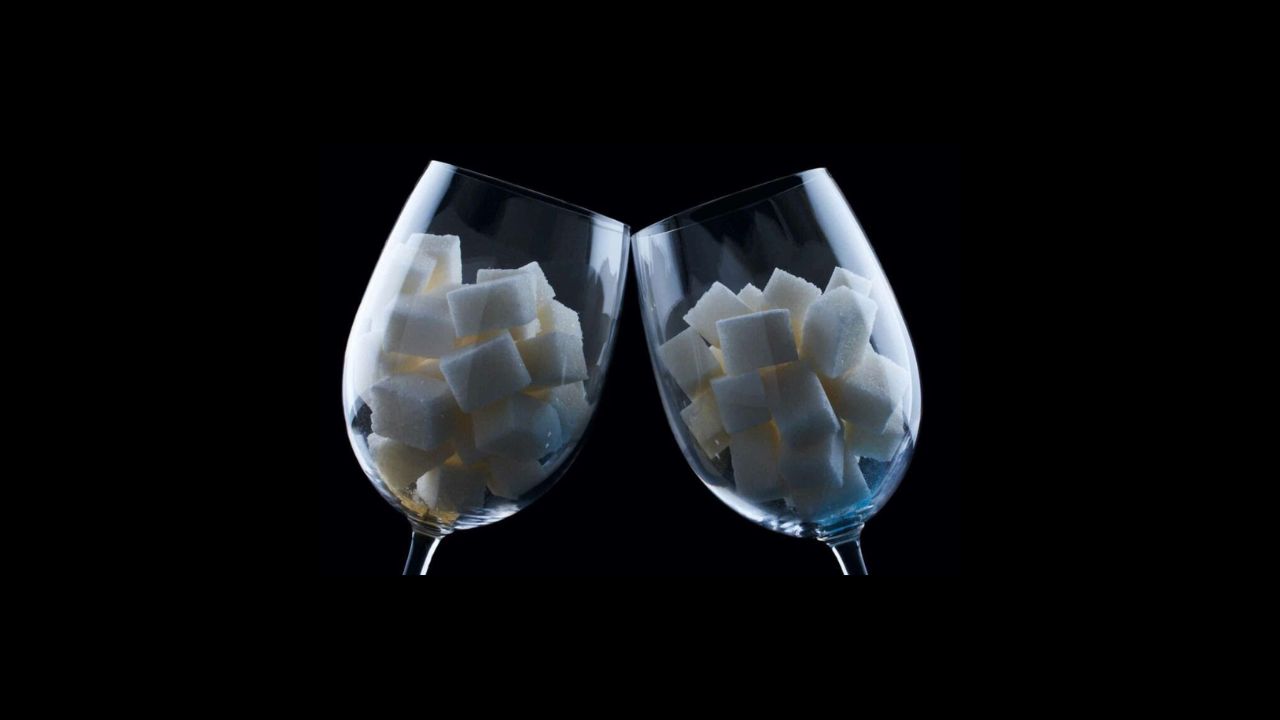
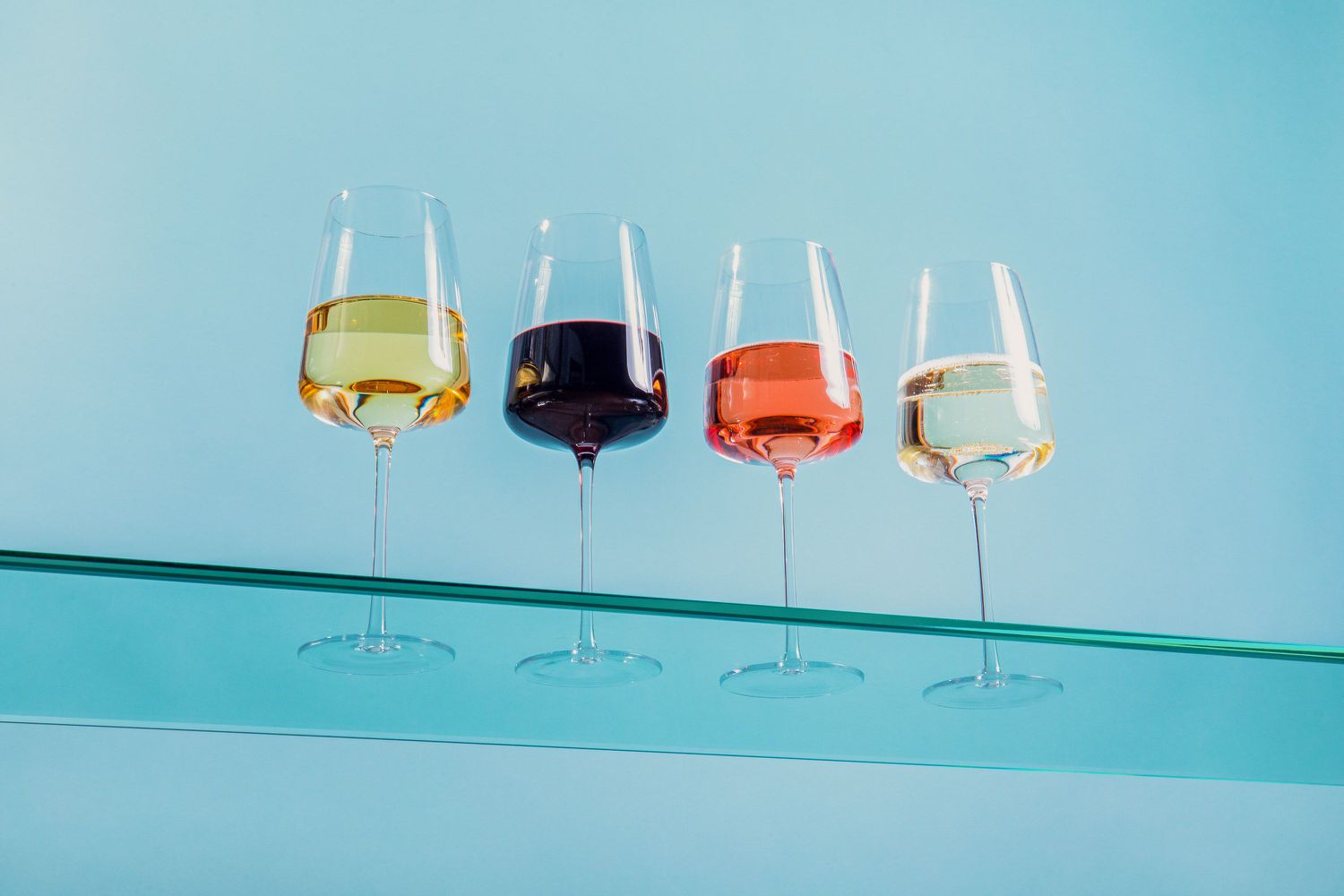
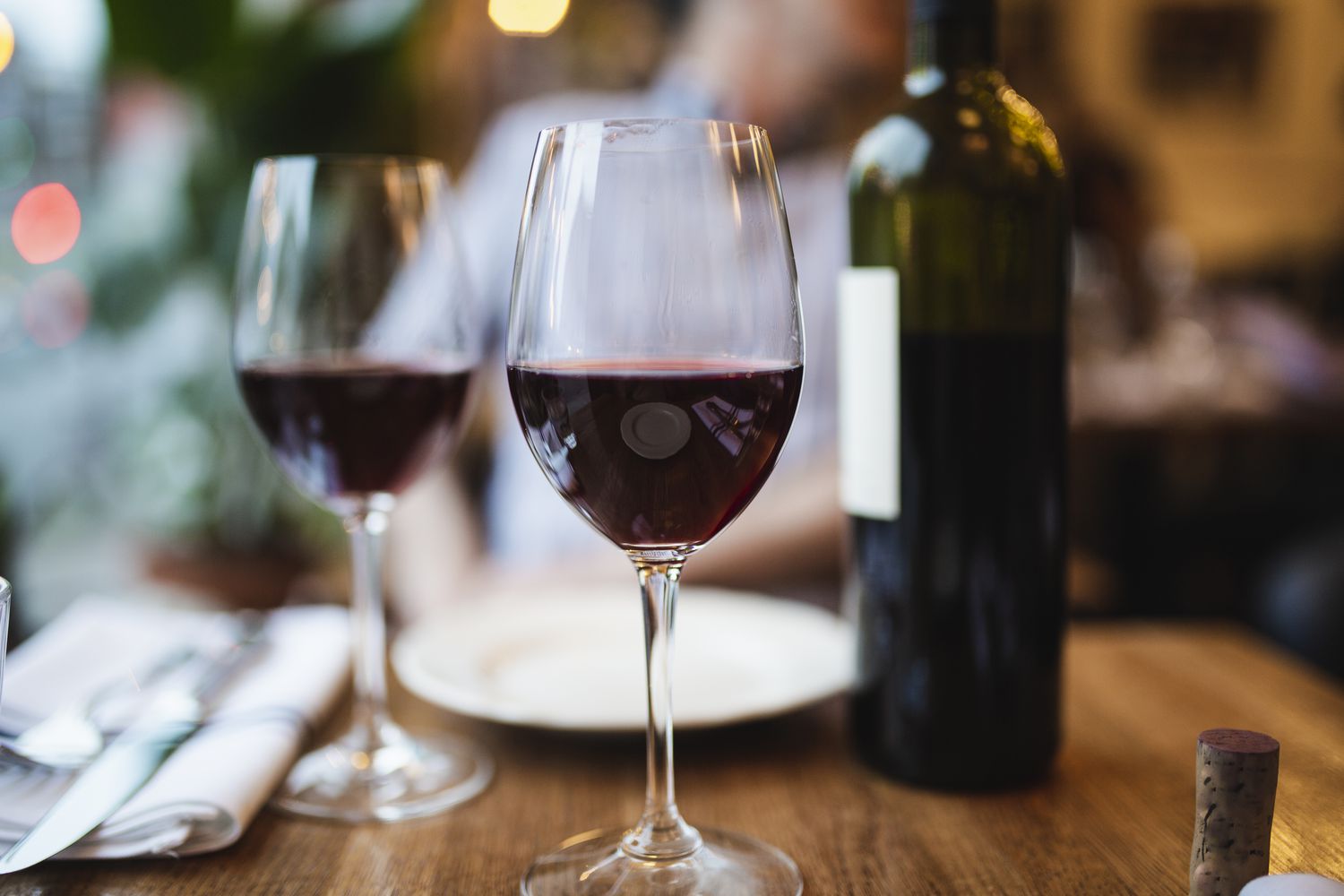
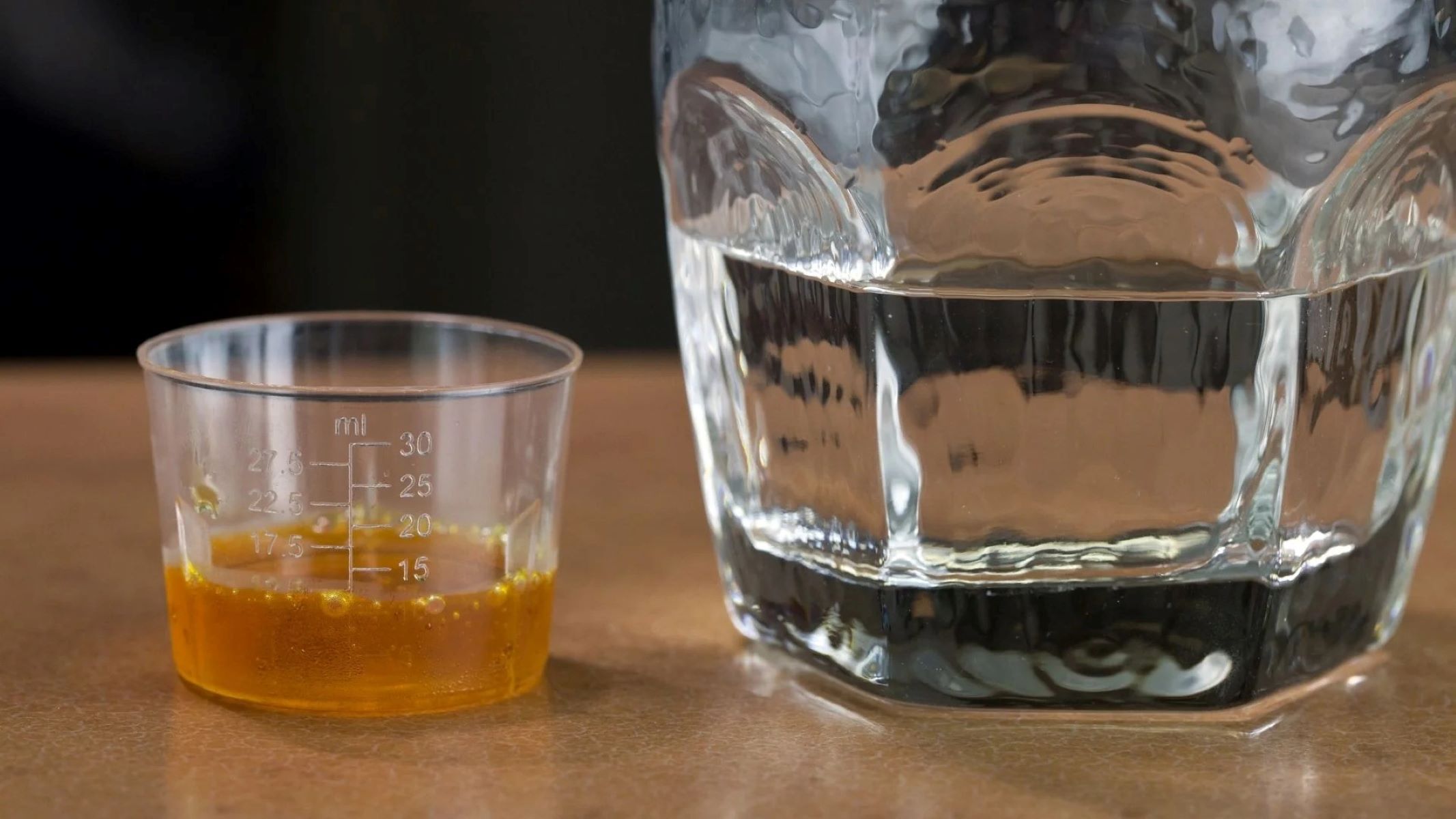
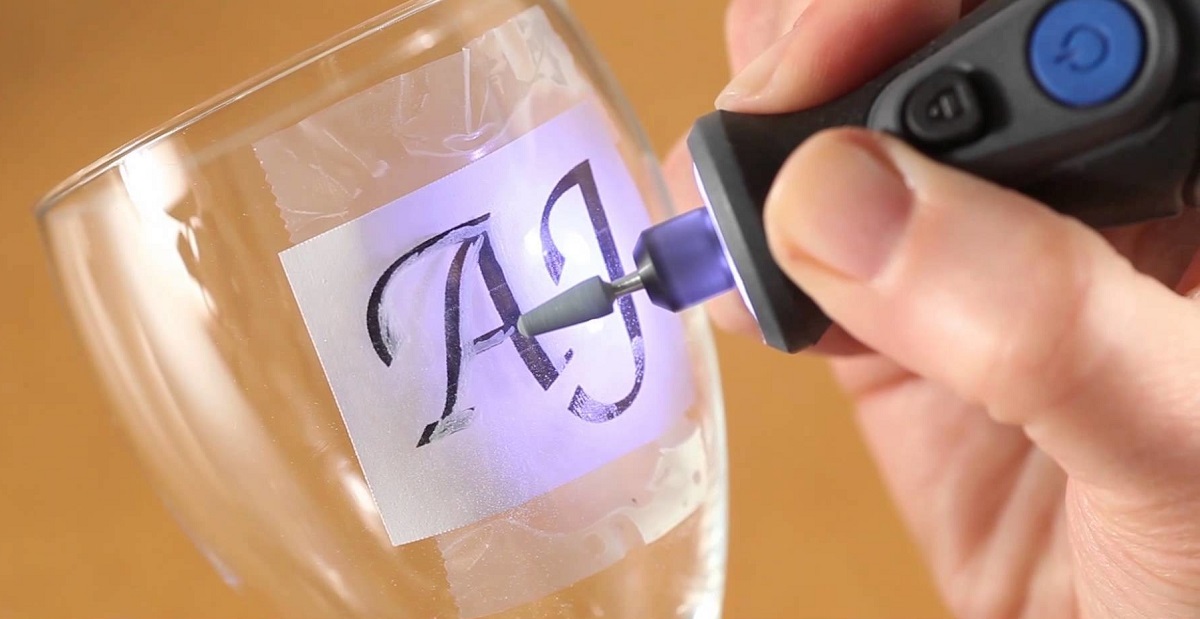
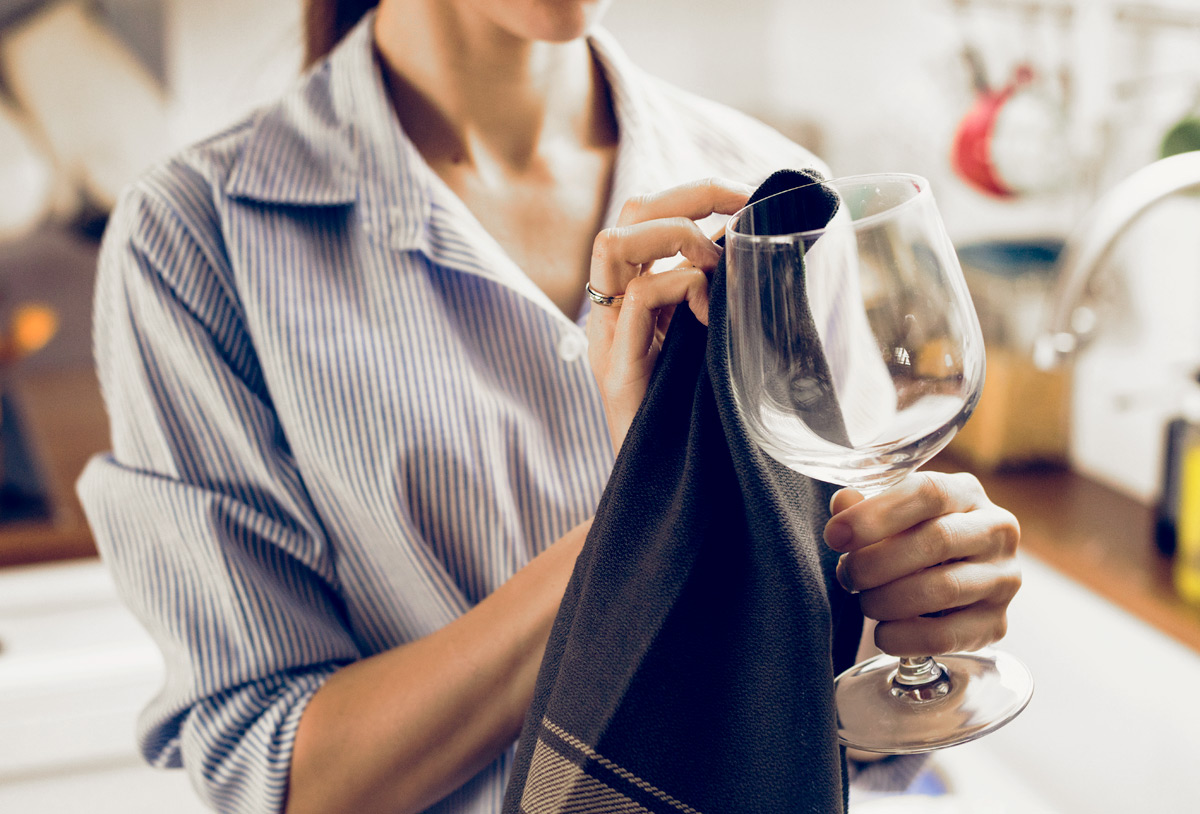
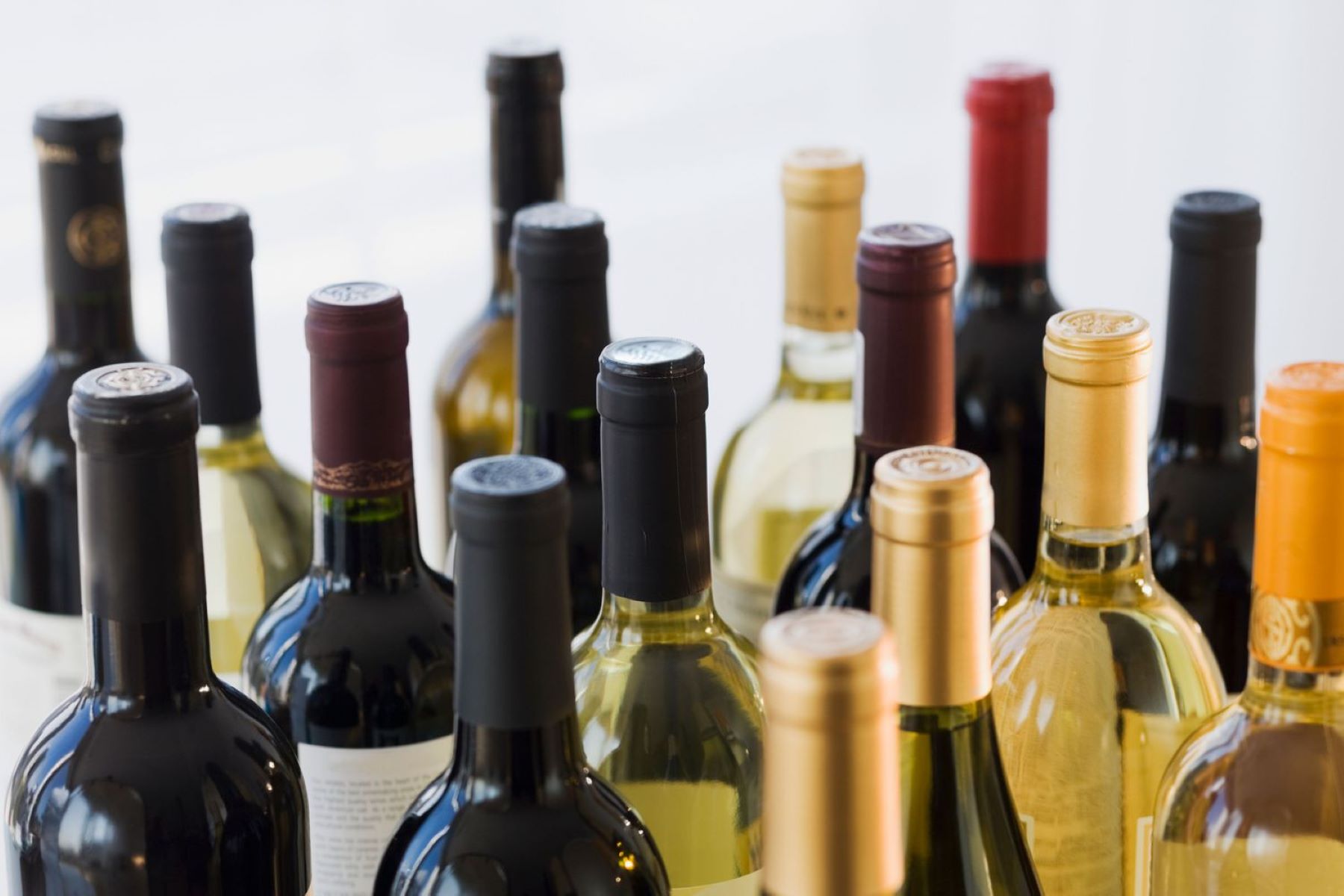
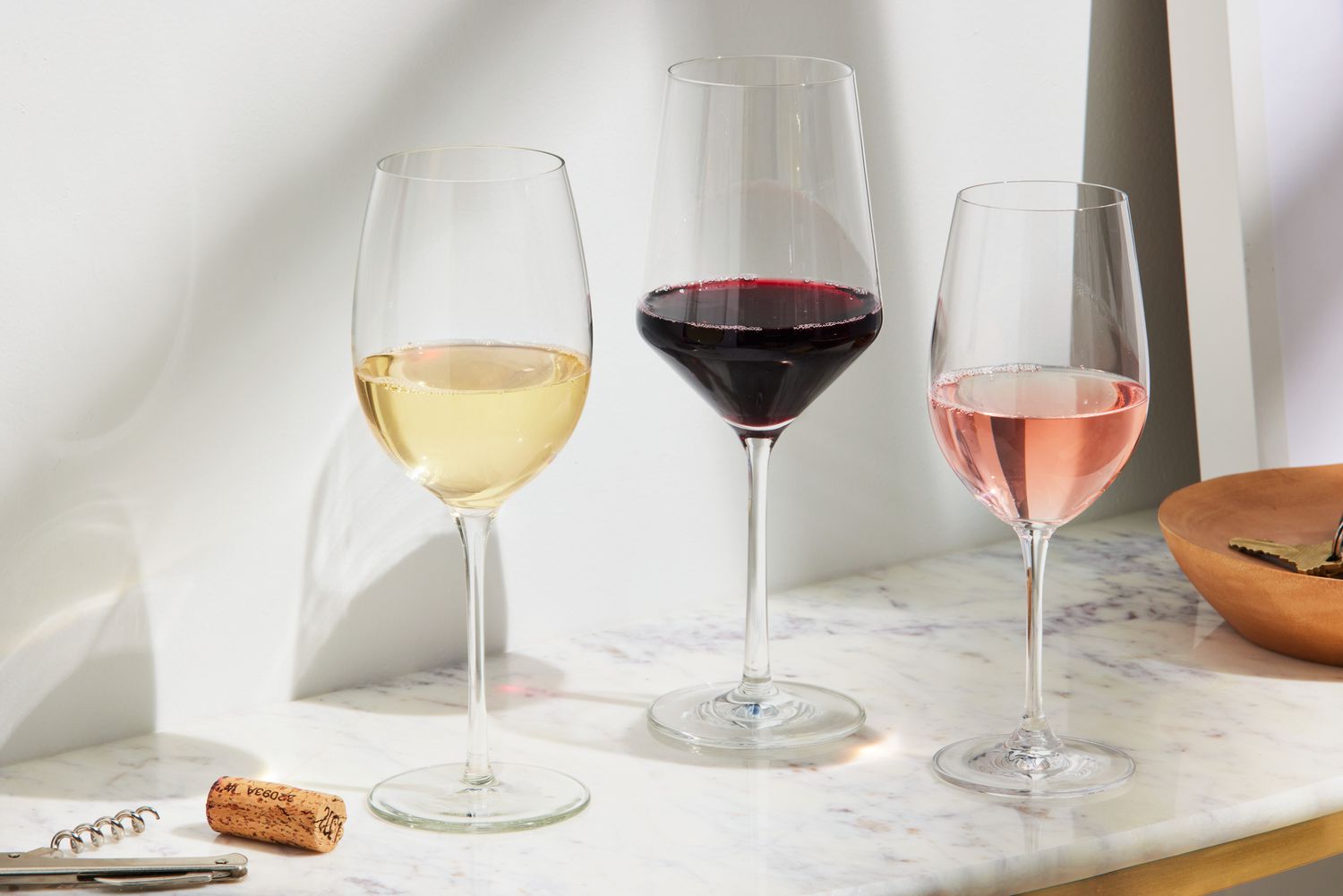
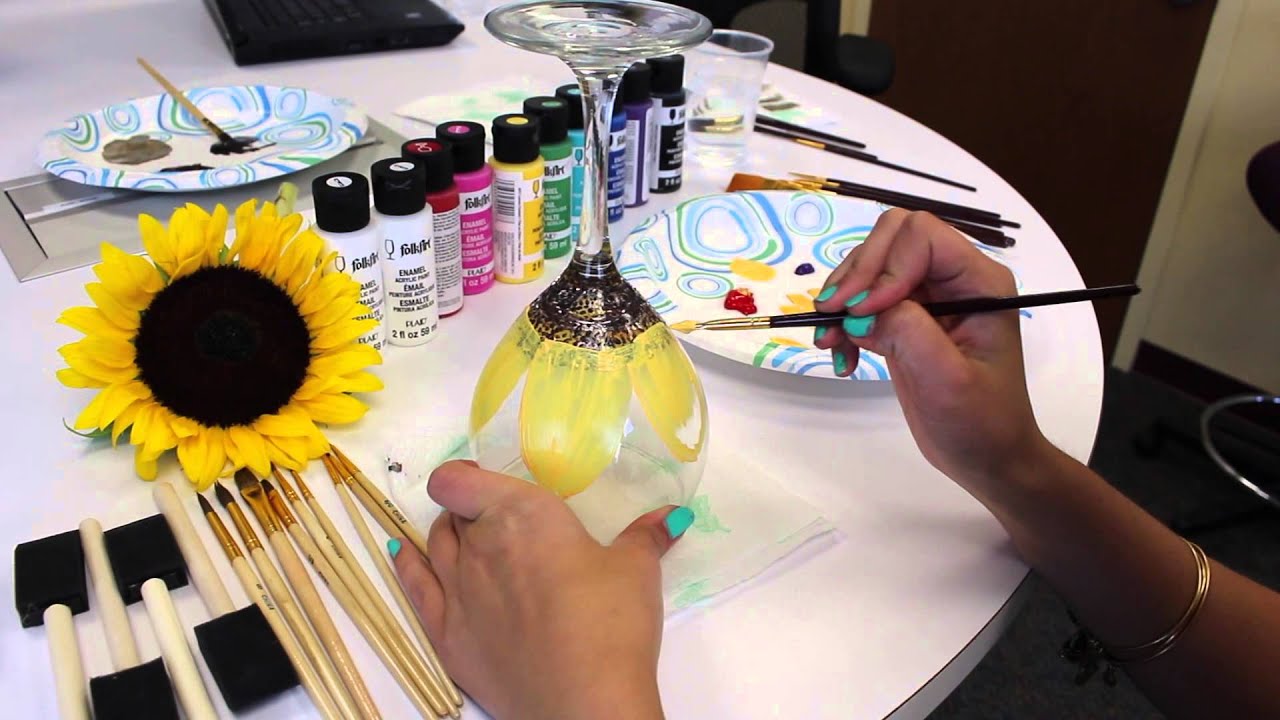
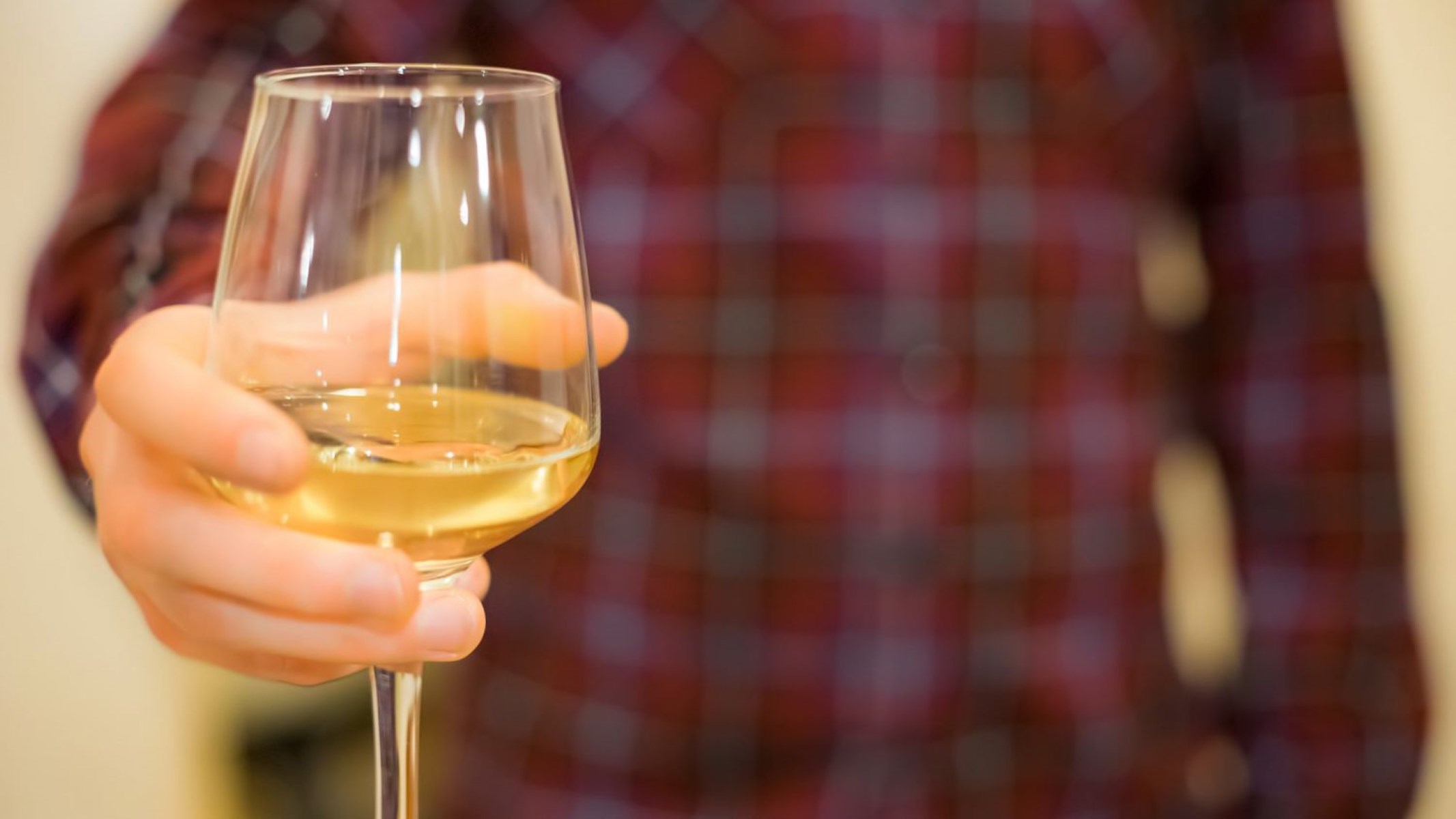
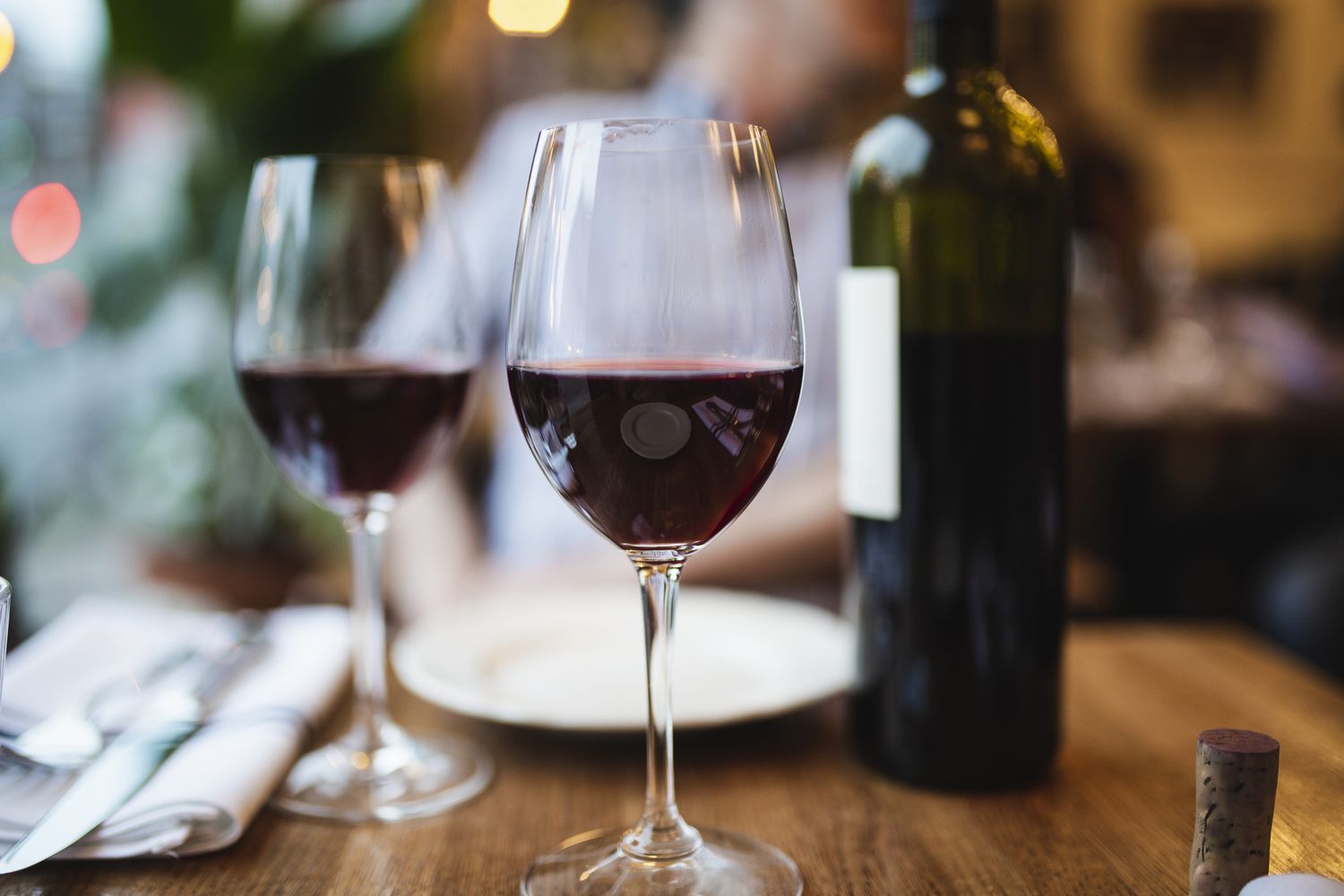

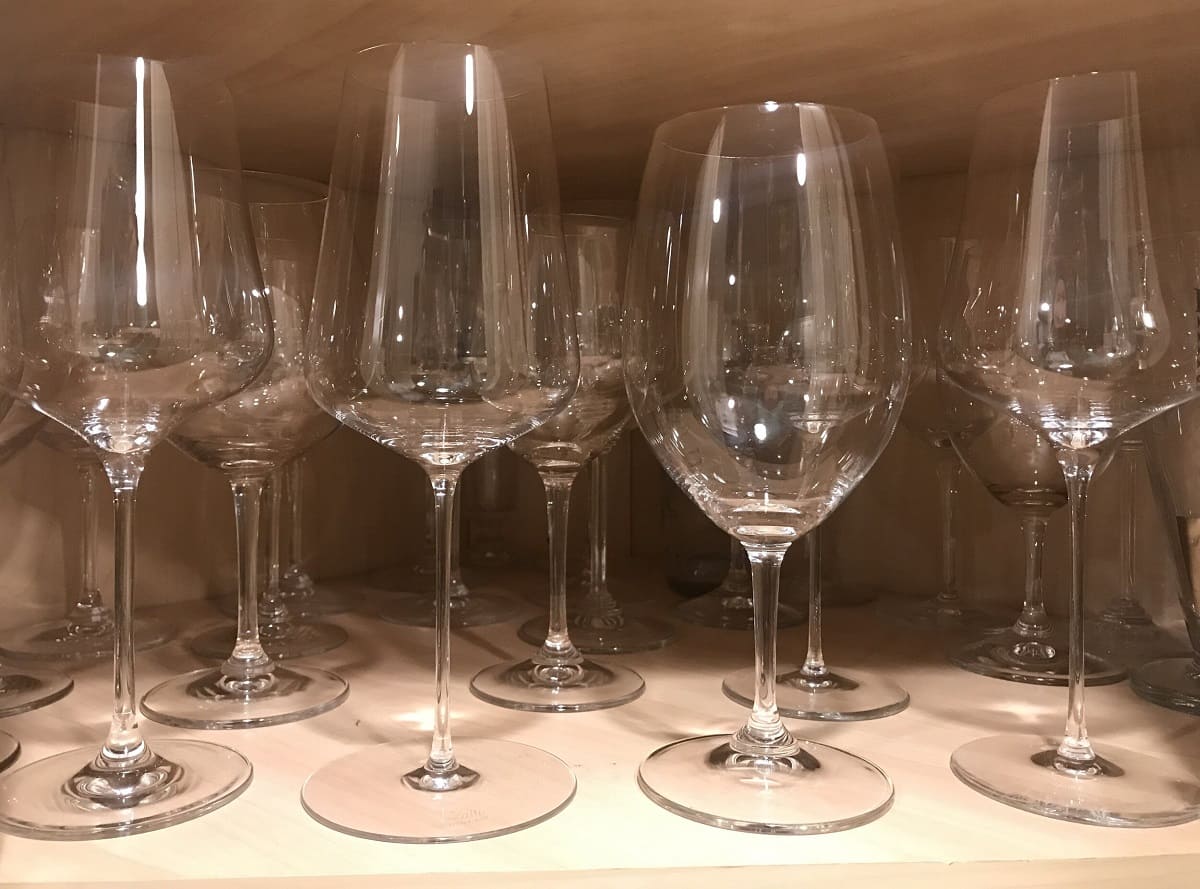
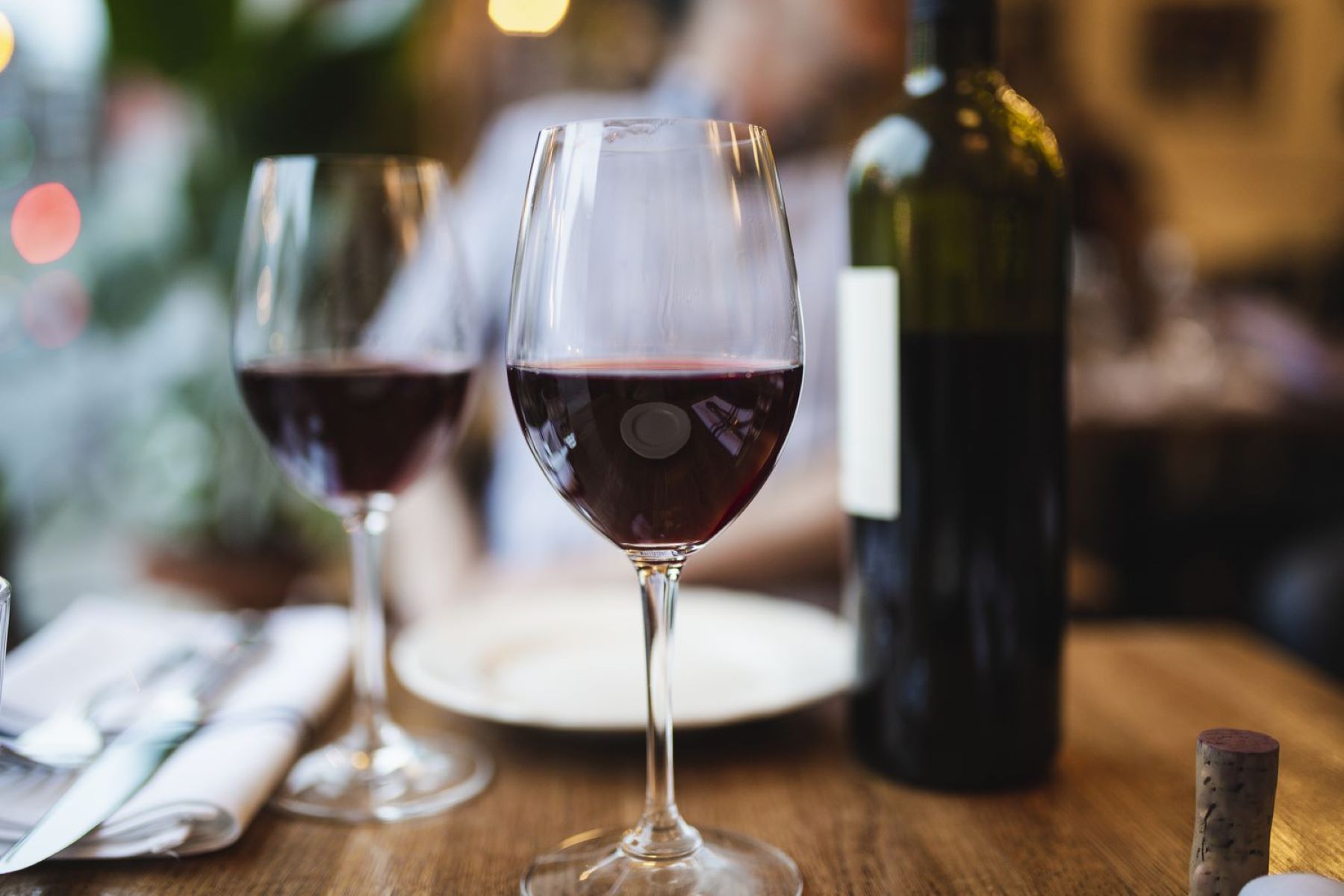

0 thoughts on “How Much Wine To Pour In A Glass”